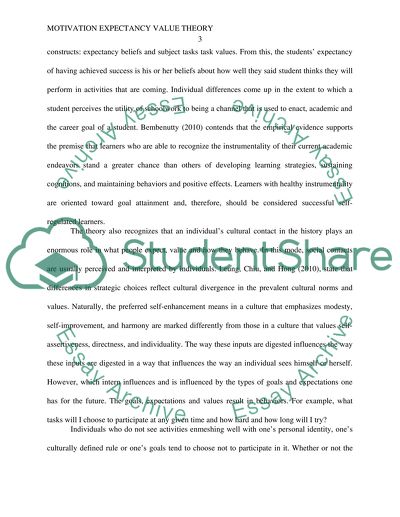Motivation Expectancy Value Theory Research Paper. Retrieved from https://studentshare.org/psychology/1449033-motivation-expectancy-value-theory
Motivation Expectancy Value Theory Research Paper. https://studentshare.org/psychology/1449033-motivation-expectancy-value-theory.


